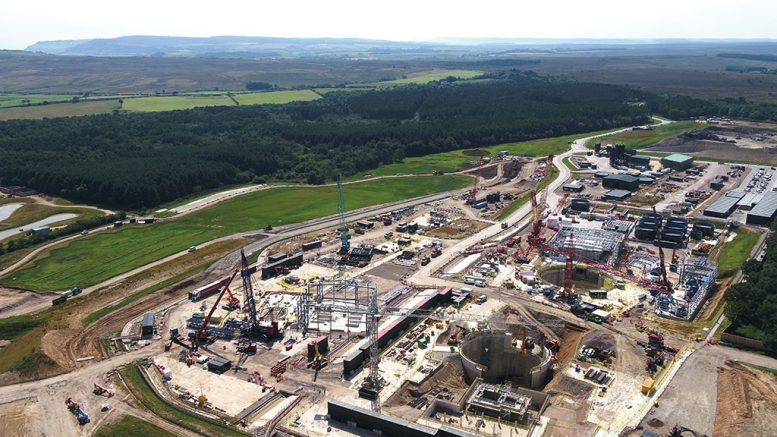There has been distinctly mixed news for British miners during the first half of September.
First the bad news: The University of Exeter announced that entry for mining-engineering programs at the famous Camborne School of Mines (CSM) has been “paused” while it “reshapes the opportunities for students”.
Founded in 1888, CSM said it must “explore a range of options to allow undergraduates to study mining, possibly through other engineering programs.” This suggests, to me, that mining engineering will cease as a distinctive undergraduate course, to be replaced by courses on subjects such as sustainable mining and post-mining environment management.
The good news came with three announcements about metal-mine developments in Scotland, England and Wales. This was all the more satisfying for coming as a set of three, which is the smallest amount of information that can create a pattern. The linguists amongst readers will know that three is also a good grouping for adjectives, and that repetitive verbs are effective. Julius Caesar gave us “veni, vidi, vici”, examples from Martin Luther King include “insult, injustice and exploitation”, and William Shakespeare’s examples include “Cry God for Harry, England and St. George” (Henry V).
Canadians will not readily understand the British excitement at the prospect of precious metals from the hills of Scotland and Wales, and tungsten extraction near the seaside in Devon. According to the Mining Intelligence database, a total of 16 primary gold mines have started in Canada since January 2010 — seven completely new mines, five past producers and four that are extensions of nearby mines. Indeed, Canada now has over 240 gold producers of all persuasions.
Nevertheless, on Sept. 4, the imaginatively named Scotgold Resources Ltd confirmed that it expected the first gold pour in November at its Cononish mine. A week later, Proactive Investors aired an interview with the CEO of Tungsten West Ltd about plans to reopen the Hemerdon tungsten mine. Then, on Sept. 12, Alba Mineral Resources Plc announced the start of drilling and bulk sampling at the historic Clogau St David’s gold mine.
Cononish (the name means “where the waters meet” in Gaelic) is Scotland’s first commercial gold mine, situated near the village of Tyndrum in the Highlands between Fort William and Glasgow. In early September, Scotgold said underground development and plant construction had progressed well after delays caused by Covid-19 restrictions.
In an interview on Sept. 10 with Noel Ong of Prospective Investors, the CEO of Tungsten West, Mark Thompson, outlined plans to resurrect the Hemerdon mine, which is believed to contain the world’s fourth-largest tungsten resource.
This historic mine was discovered in 1867 and was operated twice, briefly, in the 1900s and 1940s. Previously owned by Wolf Minerals Ltd, the mine was reopened in 2015 (as the Drakelands mine) but mothballed three years later after failing to reach expected recovery rates. Tungsten West bought the mine a year ago, and is reevaluating the orebody and processing techniques. A revised feasibility study is expected by the first quarter of 2021.
The Clogau St David’s gold mine at Bontddu in Wales closed 30 years ago, but Alba Mineral’s chairman George Frangeskides said, “No one has drilled from underground” and “soil samples taken last year showed potential to find new sources of gold”.
What sets this venture apart from the mundane is the price of Welsh gold. At an auction in November 2017, gold flakes weighing 0.5 oz. mined from Clogau in 1980 sold for £10,500 (currently almost US$27,000 per oz.) and a 0.1 oz. nugget sold for £4,000 (US$51,300 per oz.). The reason? Welsh gold is ‘royal’ gold — the country has provided wedding rings to the monarchy since 1923, including for the Queen and Prince Phillip, Prince Charles (in both his marriages) and the Duke and Duchess of Cambridge. Investors in Scotland will be hoping that Cononish provides the next royal gold.
— Dr. Chris Hinde is a mining engineer and the director of Pick and Pen Ltd., a U.K.-based consulting firm he set up in 2018 specializing in mining industry trends. He previously worked for S&P Global Market Intelligence’s Metals and Mining division.


Be the first to comment on "The View from England: Good and bad news for British miners in September"